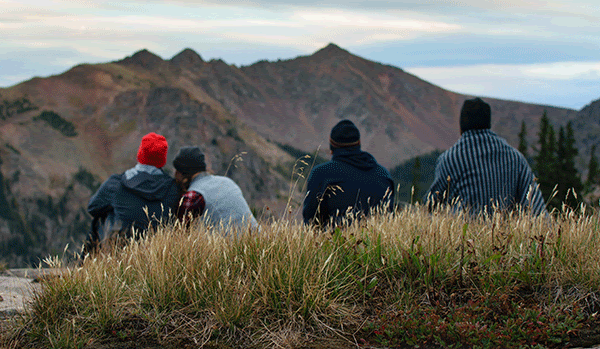 The Intergovernmental Panel on Climate Change, or IPCC, was first convened by the United Nations in 1988 to study the effects of climate change and make recommendations to governments across the world. Hundreds of scientists contribute to IPCC reports by analyzing and summarizing the latest scientific research on the causes, effects, and possible solutions to climate change. The panel is made up of three working groups, each with a different focus. The first group assesses the physical science of climate change, the second addresses climate change vulnerability, and the third evaluates options for mitigating climate change.
The Intergovernmental Panel on Climate Change, or IPCC, was first convened by the United Nations in 1988 to study the effects of climate change and make recommendations to governments across the world. Hundreds of scientists contribute to IPCC reports by analyzing and summarizing the latest scientific research on the causes, effects, and possible solutions to climate change. The panel is made up of three working groups, each with a different focus. The first group assesses the physical science of climate change, the second addresses climate change vulnerability, and the third evaluates options for mitigating climate change.
In August, the IPCC Working Group I published the first part of its Sixth Assessment Report, Climate Change 2021: The Physical Science Basis. This report lays out the most important findings from the physical climate science field since the previous IPCC assessment. The summary for policymakers focuses on the current state of the climate, predictions for the future, risk and adaptation information, and recommendations for limiting further climate change.
Recent studies also show that United States greenhouse gas emissions rose over 6% in 2021 over the previous year, a trend that is moving in the wrong direction. It’s not all doom and gloom though, as long as we don’t lose sight of the lessons from the IPCC report. Six months later, here are the main takeaways to remember:
- It is undeniable that human actions have caused “widespread and rapid changes” to the climate system, including warming the atmosphere, ocean and land
This rate of change is unprecedented in human history: temperatures now are higher than at any point in the last 125,000 years, and the concentration of atmospheric carbon dioxide has not been this high in at least 2 million years. The effects of manmade climate change are already being felt throughout the world. The increased frequency and severity of heat waves, precipitation, droughts, and hurricanes can all be attributed to human influence. - Regardless of our greenhouse gas emissions, global surface temperatures will continue to increase until at least 2050
But dramatically reducing our emissions within the next decades will spare us from the catastrophic consequences of 2°C warming. The IPCC considers three different greenhouse gas emissions scenarios; the highest represents a doubling of emissions by 2050, and the lowest assumes that we reach net zero emissions by 2050. There is also an intermediate scenario which imagines a continuation of business-as-usual emissions. Global warming of over 2°C is “extremely likely” under the intermediate scenario, indicating the immediate need to reduce greenhouse gas emissions. Under the low emissions scenario, however, we are unlikely to cross the 2°C threshold. - The projected impacts of 1.5°C versus 2°C of warming are dramatically different.
The consequences of climate change, including extreme weather events, will be more widespread and pronounced at 2°C of warming compared to 1.5°C. It may seem contradictory that both heavy rain and droughts will increase due to climate change, but the IPCC report found that “a warmer climate will intensify very wet and very dry weather events… with implications for flooding or drought” (IPCC AR6 WG1, SPM B.3.2). - It’s still possible to achieve the Paris Agreement’s long-term goal of limiting warming to 1.5°C above pre-industrial levels.
In order to stay below 1.5°C of warming, we must reach net zero CO2 emissions by 2050 with a halfway point of 2030. Carbon removal methods have the potential to help, but they are not a replacement for emissions reduction efforts. The 1.5°C goal also demands rapid reductions in other greenhouse gas emissions such as methane. In addition to mitigating global warming, a reduction in methane would lead to improvements in air quality.
The IPCC report provides a clear target: halving our emissions within a decade. Want to learn more? Attend the Climate Speaker Series, kicking off this month with Jason West. More information can be found at walkingmountains.org/climateseries.
If you go:
What: Don & Jennifer Holzworth Climate Speaker Series
When: Thursday, January 27, 6:00 p.m.
Where: Virtual
Cost: Free
More information: Visit walkingmountains.org/programs/climate-speaker-series/
To learn more about what you can do to help Eagle County reach our climate action objectives, visit walkingmountains.org/climate-action-get-involved/
Tara Doyle was a sustainability intern with Walking Mountains in 2021.






